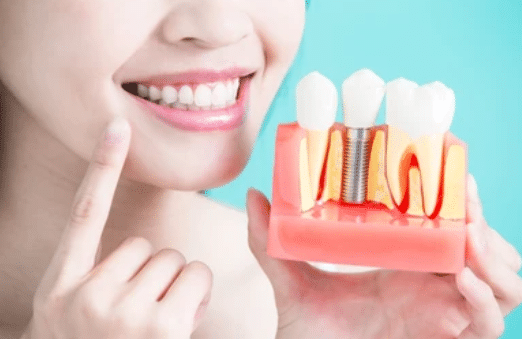In the grand tableau of medical and technological advancements, dental health often finds itself as an understated player. But it’s hard to understate the profound impact dental implants have had on millions of individuals globally. From regaining lost smiles to restoring basic functionalities such as biting and chewing, the science of dental implantology stands tall as a remarkable feat of human ingenuity.
A Glimpse into the Past
Historical excavations have unearthed evidence that ancient civilizations attempted to use dental implants. From carved bamboo pegs used by ancient Chinese to replace lost teeth to the Egyptians’ use of precious metals for the same purpose, the desire for durable, functional tooth replacements dates back thousands of years. However, the real evolution of dental implants as we know them began in the 20th century. Modern implants owe their success to the phenomenon of osseointegration – the fusion of bone with a titanium implant – discovered serendipitously by Swedish orthopedic surgeon, Per-Ingvar Brånemark in the 1950s.
The Advent of All on 4
In the realm of transformative dental procedures, the ‘All on 4’ technique stands out. Essentially, this technique uses just four implants to support a full arch of teeth. This groundbreaking method has been embraced worldwide for its minimalism and effectiveness. Speaking of global adoption, the prominence of all on 4 implants in Melbourne is a testament to the procedure’s worldwide acclaim. Such breakthroughs have made the once-dreaded trip to the dentist a source of rejuvenation for many.
How Dental Implants Work
The typical dental implant consists of three parts:
- The implant itself, usually made of titanium, acts as a root and is anchored securely into the jawbone.
- An abutment, which sits on top of the implant and protrudes just above the gum line.
- The crown, the visible part that looks like a natural tooth.
The procedure involves drilling a small hole into the jawbone where the implant will be placed. Over time, bone grows around the implant in a process called osseointegration, ensuring the implant is securely in place. The crown is then fixed onto the abutment, completing the procedure.
Benefits Beyond Aesthetics
Dental implants, of course, fill the aesthetic void left by a missing tooth. But their advantages extend well beyond cosmetics:
- Preservation of Bone: In the absence of a tooth root, the jawbone can start to deteriorate. Implants stimulate the bone, ensuring its preservation.
- Improved Oral Health: By filling gaps, dental implants reduce the risk of adjacent teeth shifting and causing bite problems.
- Durable and Long-lasting: With proper care, dental implants can last a lifetime, making them a cost-effective choice in the long run.
- Enhanced Functionality: Implants restore bite strength and efficiency, enabling patients to enjoy a wider range of foods.
Considering the Costs
Dental implants, particularly when looking at high-quality procedures, can be expensive. However, considering their longevity and the cumulative costs of other treatments like bridges or dentures which require more frequent replacements or adjustments, implants often present a valuable long-term investment. Patients are advised to consider both the immediate and long-term costs and benefits when deciding on dental implants.
Looking to the Future
The realm of dental implantology is ever-evolving. With advances in 3D printing, biocompatible materials, and computer-assisted design, future implants promise to be even more efficient, accessible, and tailored to individual needs.
Moreover, research into stem cells and tooth regeneration signals a future where dental implants could potentially be grown from a patient’s own cells, creating a natural solution to tooth loss.
In Conclusion
In the spectrum of human health, the importance of a healthy mouth, both functionally and aesthetically, cannot be understated. Dental implants, with their transformative impact on both these fronts, stand as a beacon of medical innovation. As technology continues to advance, and as more people across the globe—including in places as renowned as Melbourne—embrace these procedures, the promise of a healthier, brighter smile becomes an accessible reality for all.





